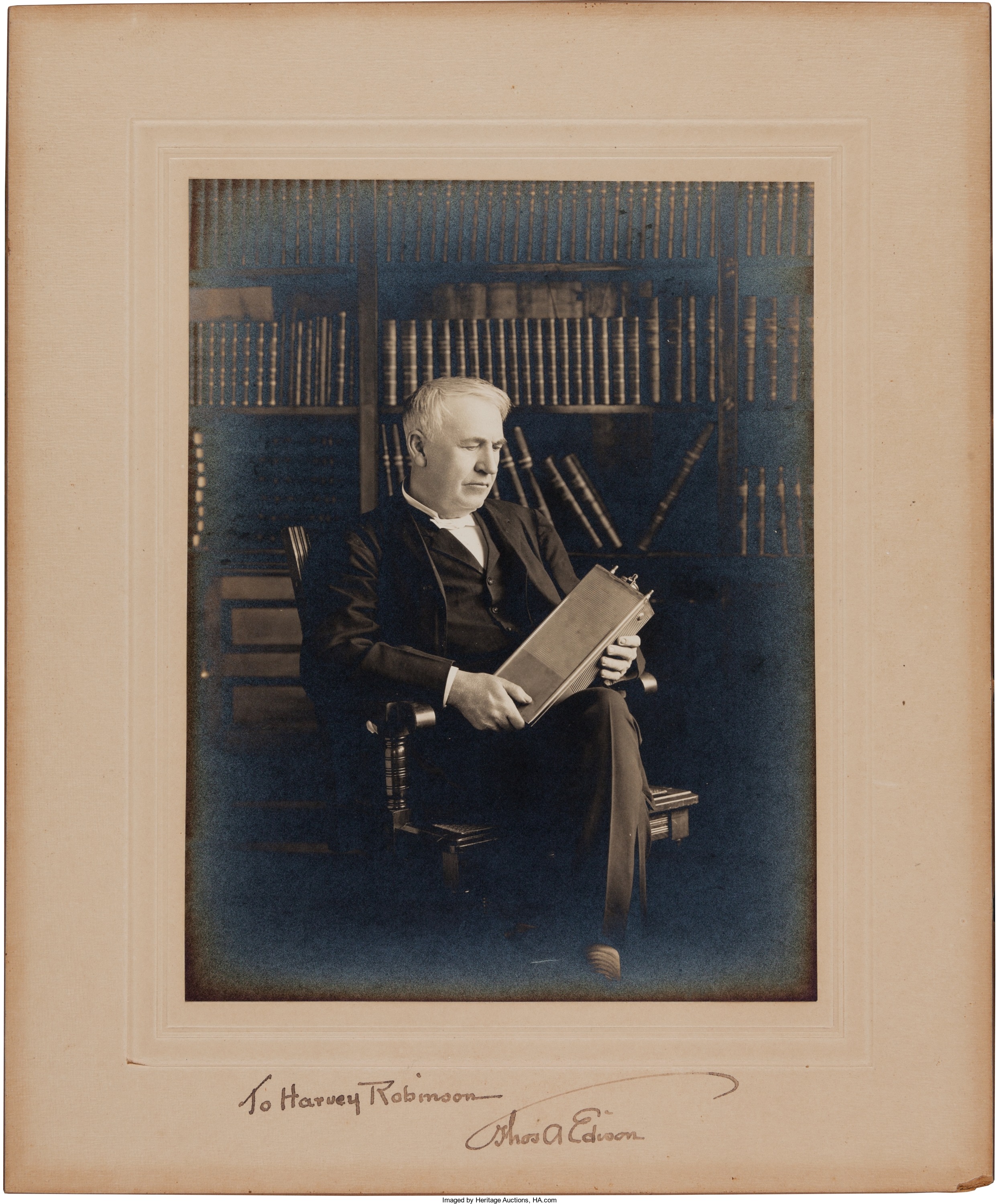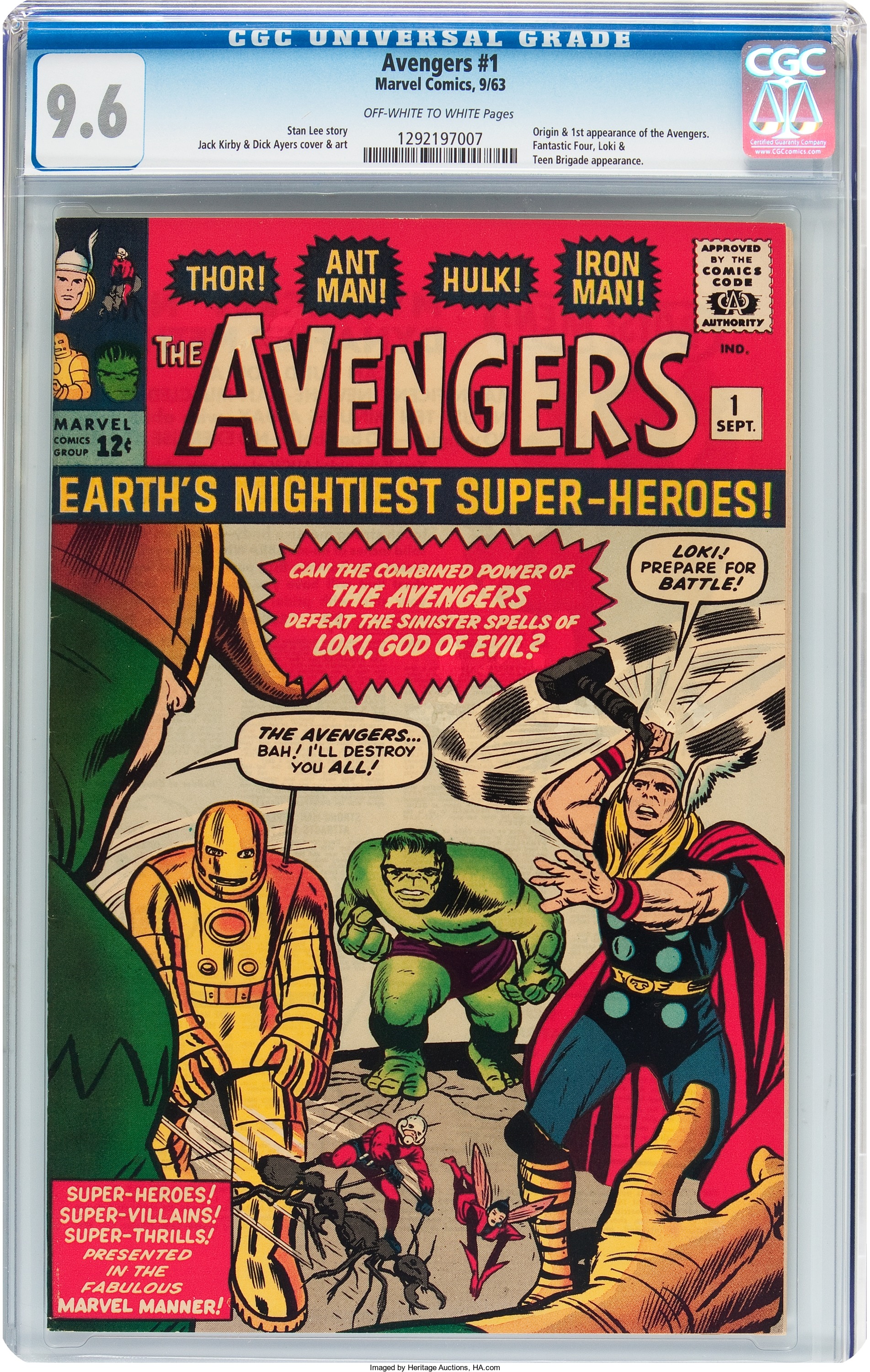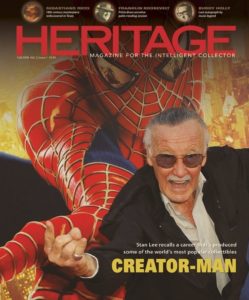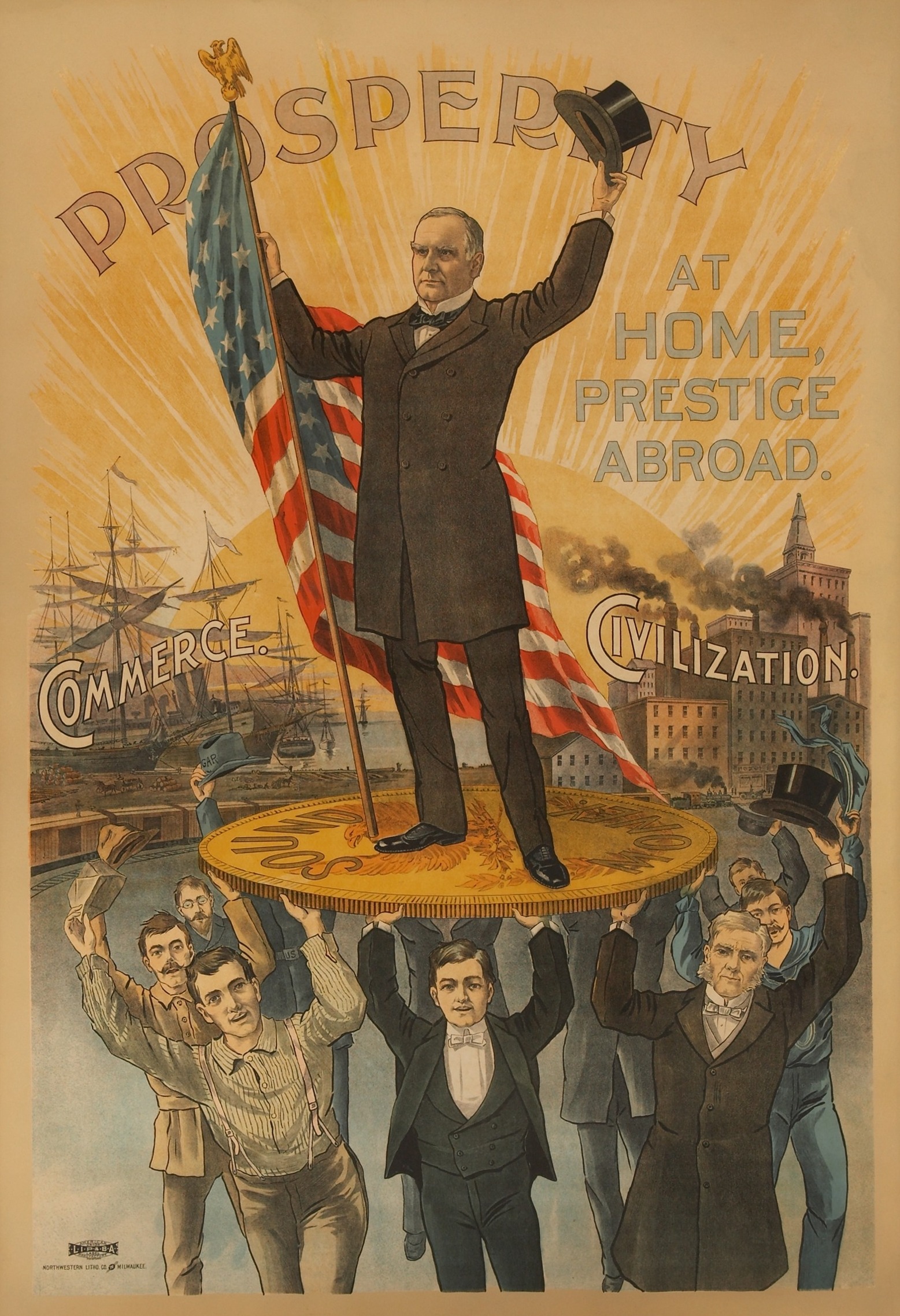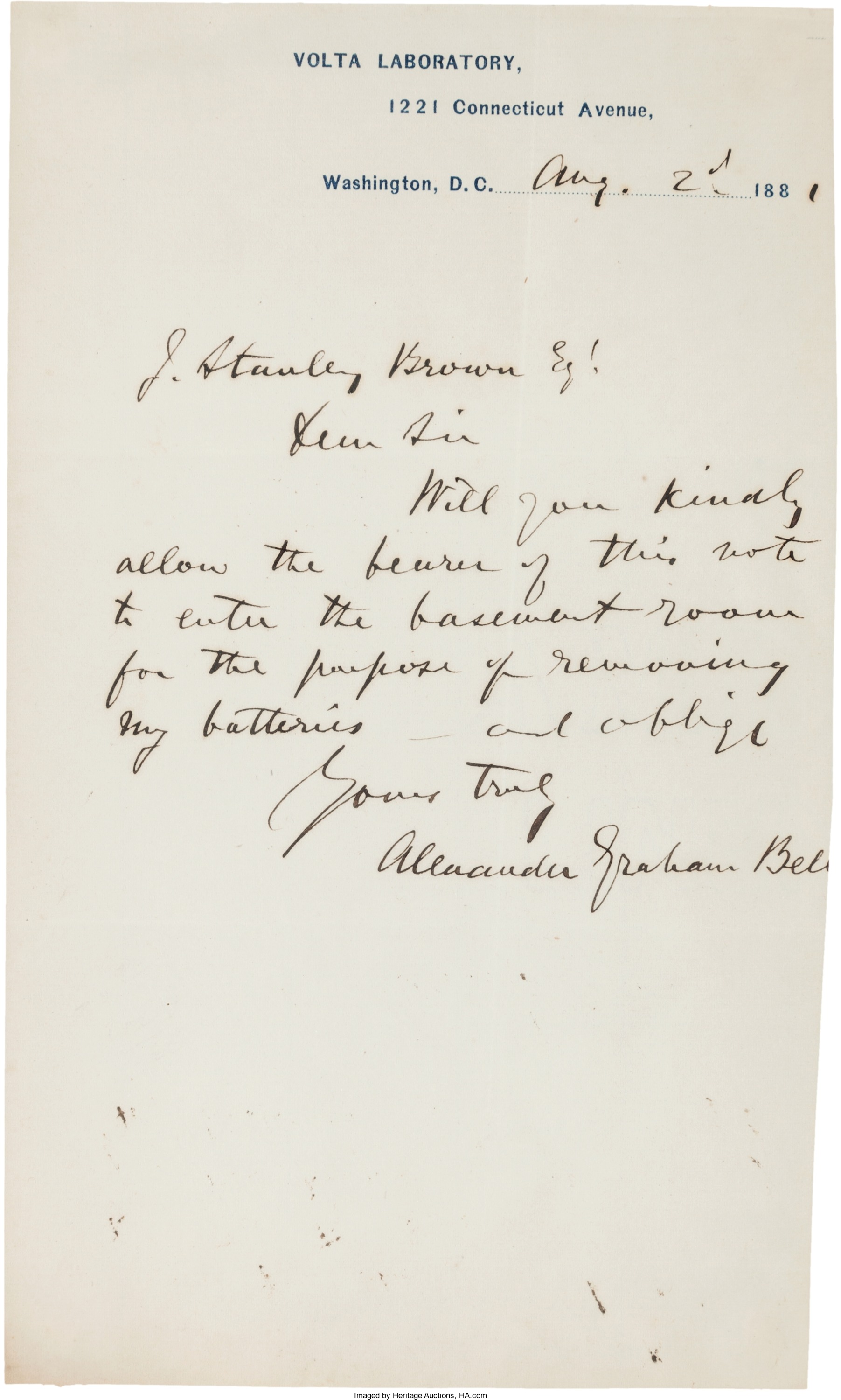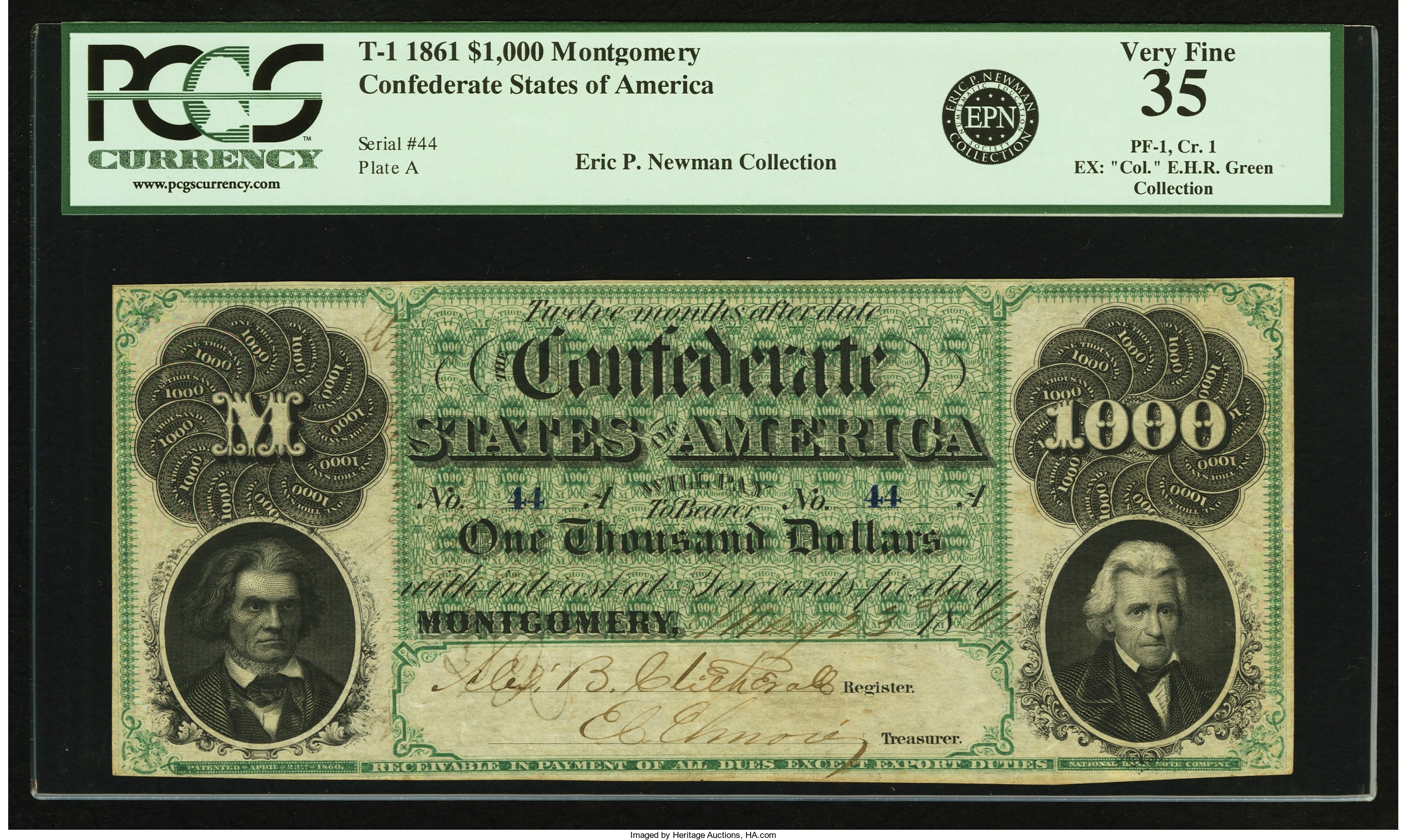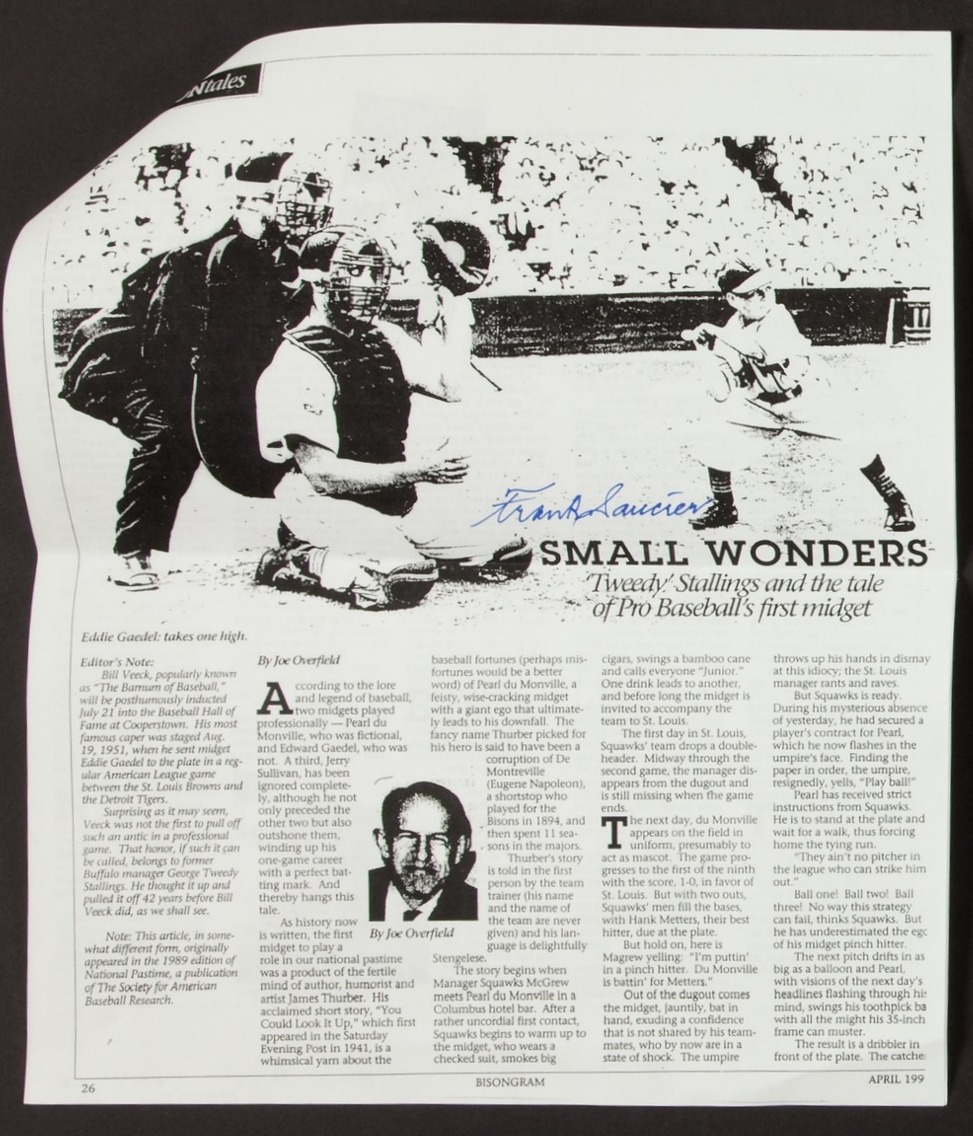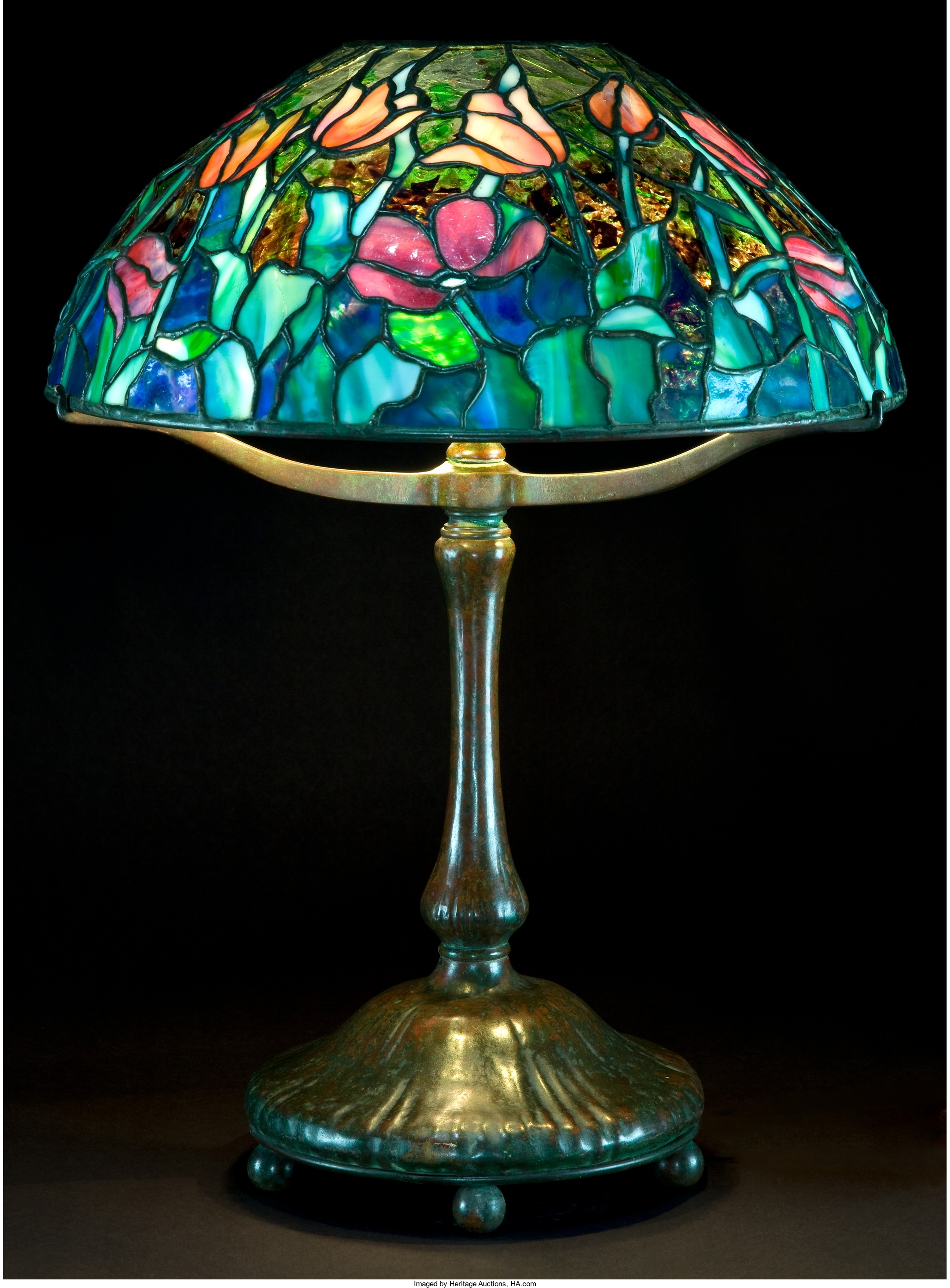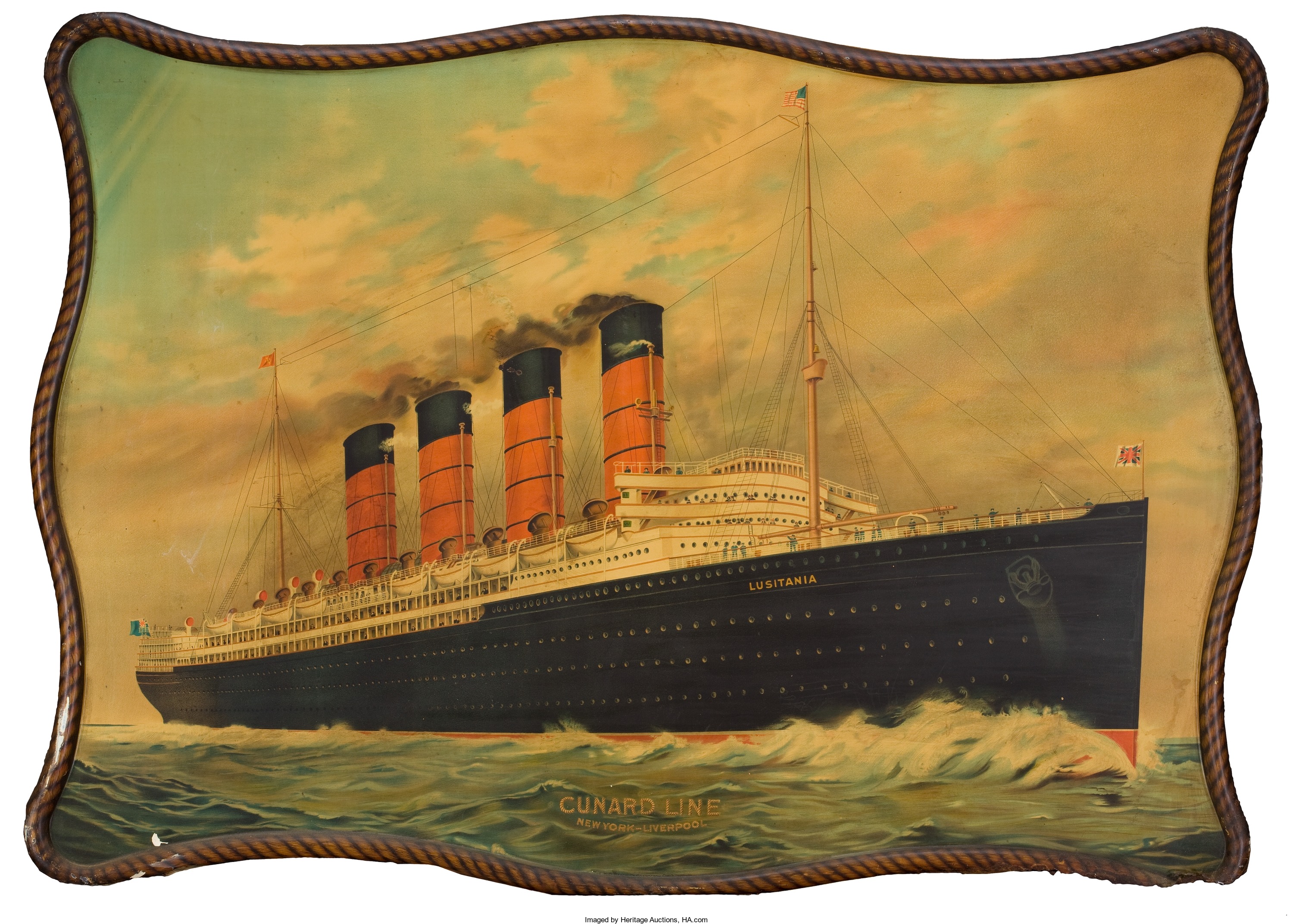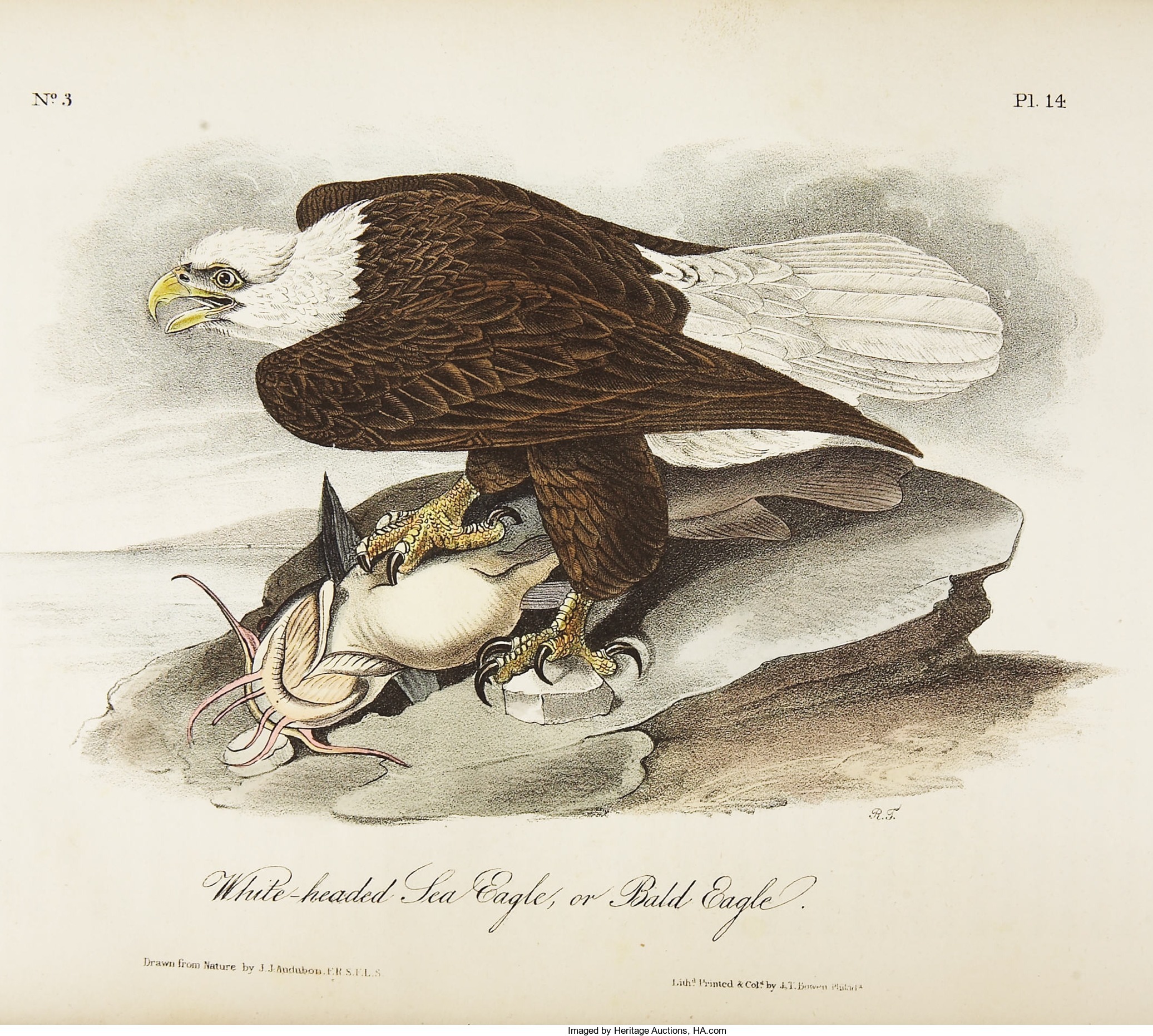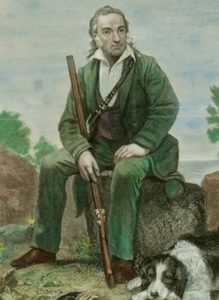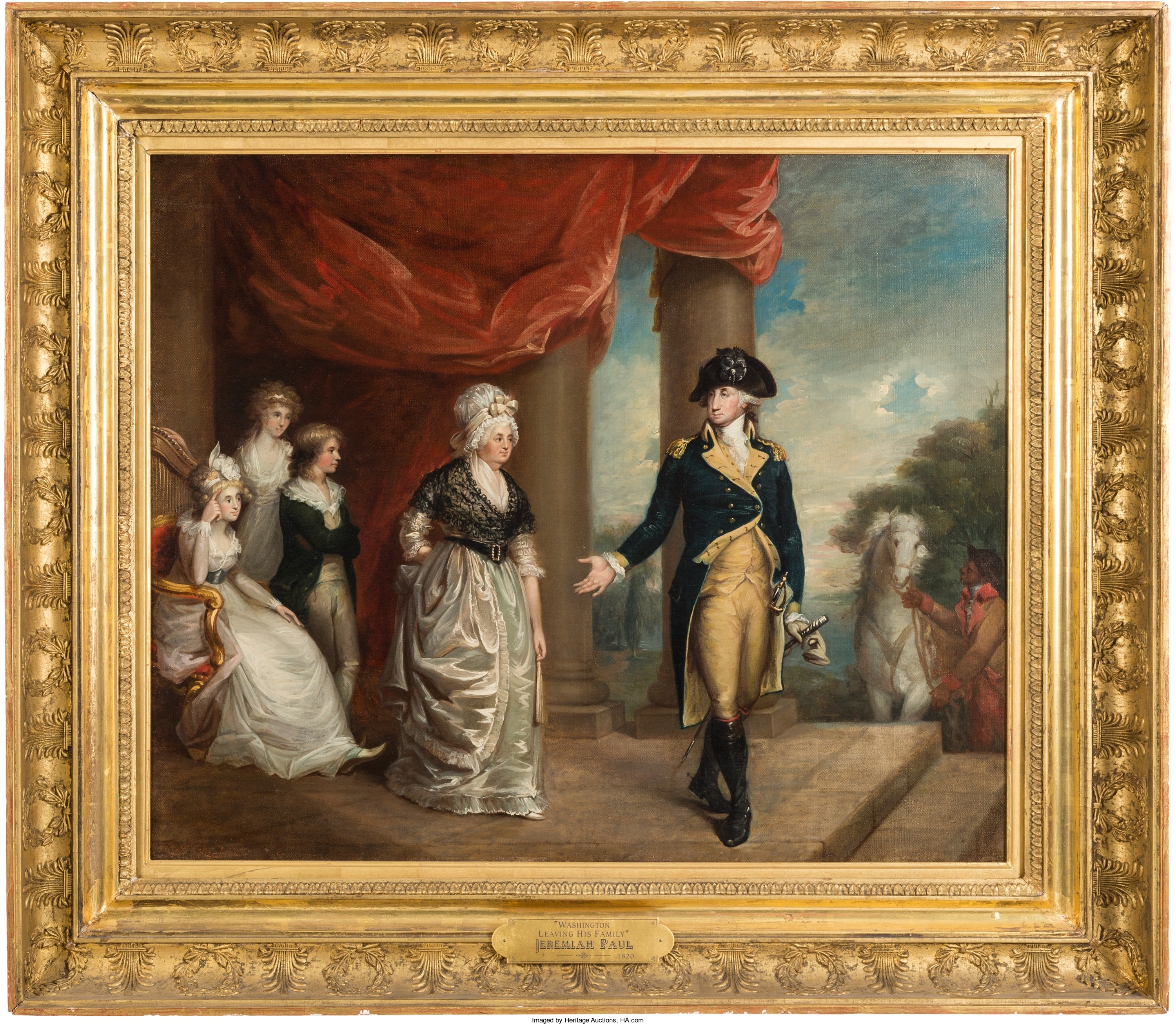
By Jim O’Neal
George Washington was a staunch opponent of political parties due to the corrosive effect he (strongly) believed they would have on all levels of government.
As president, Washington worked hard to maintain a non-partisan political agenda, despite significant differences that existed right in his cabinet.
His 1796 farewell address was replete with advice to the country, and by extension, to future leaders. One prominent warning was to avoid the formation of political factions that would pose a danger to the effectiveness of government (think gridlock in Washington, D.C.). A second peril was entanglements with foreign governments, since they inevitably lead to war. The examples here start with the War of 1812, two World Wars, Korea, Vietnam and end with the Russian threats to NATO, the China Sea and the remarkably complex situation in the Middle East and North Korea.
After Washington’s retirement, John Adams and Alexander Hamilton ignored his sage advice and wasted little time confronting the Democratic-Republicans, headed by Thomas Jefferson and James Madison. Adams became the first (and last) Federalist president. He was easily defeated in 1800, after one term, by Jefferson and Aaron Burr. Adams finished a dismal third and the Federalists gradually faded into irrelevance.
The Democratic-Republicans put together a nice run of three Virginia presidents – Jefferson, Madison and James Monroe – however, the party lacked a strong center and split four ways. Next was an alliance between John Quincy Adams and Henry Clay of the National Republican Party, which only won a single election in 1824 that required the House to settle. When Andrew Jackson defeated Clay in 1832, the party was absorbed into the Whigs … a diverse group of anti-Jackson politicos.
Then the Whig Party fell apart in the 1850s over the issue of the expansion of slavery in the new territories. In fact, after the 1854 election, the largest party in the House of Representatives was the Opposition Party, with 100 members, followed by 83 Democrats and 51 American Party members (the Know Nothings).
These parties never seem to last long (thankfully).
Next it was the New Republican Party’s turn (the Party of Lincoln) until another major kerfuffle occurred in 1912 when Teddy Roosevelt and President William Howard Taft managed to divide the Republican Party enough to let Democrat Woodrow Wilson win the White House … until he had a stroke and his wife took over.
A century later, we appear to be in another political schism, with a socialist, Senator Bernie Sanders, on the Democrat Party side and on the other, Donald “The Wall” Trump, who claims to have part of the Republican Party supporting him. It is not clear which part.
Only one thing seems certain. Thanks to President Washington, we were warned!
P.S. As history teaches … this too shall pass.
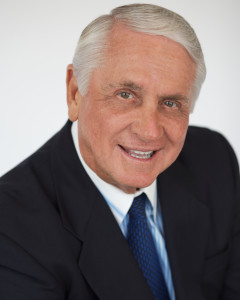 Intelligent Collector blogger JIM O’NEAL is an avid collector and history buff. He is President and CEO of Frito-Lay International [retired] and earlier served as Chairman and CEO of PepsiCo Restaurants International [KFC Pizza Hut and Taco Bell].
Intelligent Collector blogger JIM O’NEAL is an avid collector and history buff. He is President and CEO of Frito-Lay International [retired] and earlier served as Chairman and CEO of PepsiCo Restaurants International [KFC Pizza Hut and Taco Bell].

